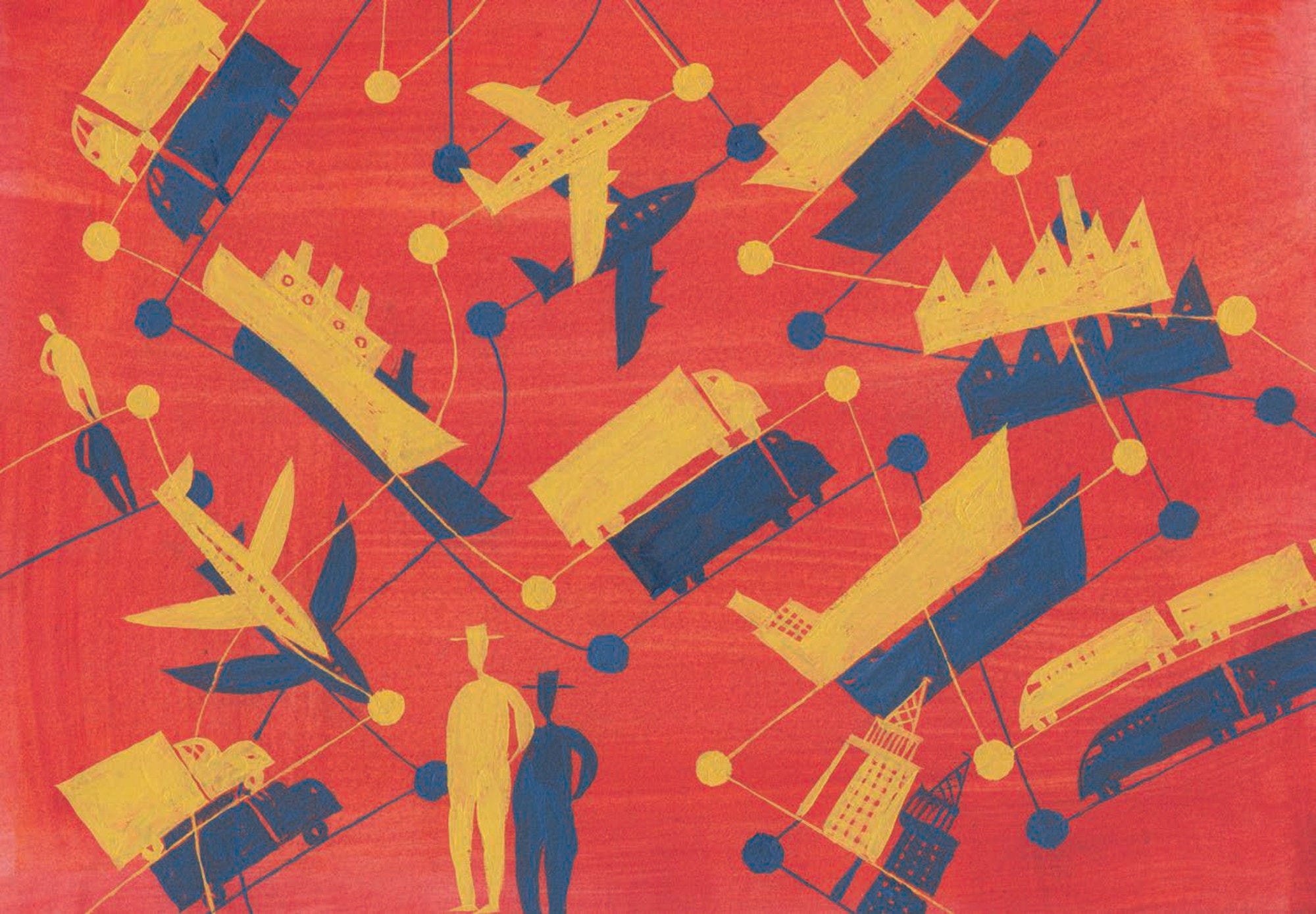This study presents the updated quantitative analysis of value, scope and magnitude of world trade in counterfeit and pirated products, using the same GTRIC methodology as in the previous OECD-EUIPO (2016) report. The report finds that, in 2016, international trade in counterfeit and pirated products amounted to as much as USD 509 billion. This amount does not include domestically produced and consumed counterfeit and pirated products, and pirated digital products being distributed via the Internet, and represents up to 3.3% of world trade, compared with an estimate of up to 2.5% of world trade in 2013.
This result implies that over the three-year period 2013-16 in nominal terms, the share of trade in counterfeit and pirated goods in global trade grew very significantly, as trade in fake goods increased in real terms during a period of relative slowdown in world trade overall. Consequently, the intensity of counterfeiting and piracy is on the rise, with significant potential for IP theft in a knowledge-based, open and globalised economy.
The quantitative analysis confirms that fake products can be found in a large and growing number of industries. This includes common consumer goods (e.g. footwear, cosmetics, toys), business-to-business products (e.g. spare parts or chemicals), IT goods (phones, batteries) and luxury items (fashion apparel or deluxe watches).
Trade in fake goods is a very dynamic activity, as counterfeiters look very aggressively for new profit opportunities. Newly targeted groups include guitars and construction materials, for example. These new trends have been reported by several enforcement authorities nearly simultaneously, which confirms the global scale of this risk.
The risks posed by certain categories of fake goods are on the rise in terms of negative impacts on personal health and safety. Fake products such as contact lenses, pharmaceuticals or baby formulas are continuously being supplied to markets through multiple channels. Moreover, the degree of consumer deception is still the highest for these classes of products.
In terms of provenance, counterfeit and pirated goods originate from virtually all economies on all continents. While the scope of provenance economies is broad, seizure statistics also show that interceptions originate from a relatively concentrated set of provenance economies. In other words, some economies tend to dominate the global trade in counterfeit and pirated goods. The highest number of counterfeit shipments being seized originates from East Asia, with China and Hong Kong (China) ranking at the top.
A closer look at the results shows some significant changes in the list of provenance economies compared to the 2016 report. Some countries, such as Greece, Nepal and Tokelau, dropped off the list, which could be either the consequence of effective anti-counterfeiting policies or improved enforcement in destination economies taking into account risk profiling techniques. These cases merit further study.
The share of small shipments in total volume of counterfeit trade appears to grow. They represent a way of avoiding detection and minimising the risk of sanctions for criminals. This raises the cost of customs checks and detention with additional significant challenges for enforcement authorities. There is a need for further review of existing policies in this area.
Drawing on detailed DG TAXUD data, this study performs an in-depth assessment of the situation in the European Union. The results show that, in 2016, imports of counterfeit and pirated products into the EU amounted to as much as EUR 121 billion (USD 134 billion), which represents up to 6.8% of EU imports versus 5% in 2013. This shows that the scale of this threat is higher for EU countries on a world scale.
Last, the rate of customs interceptions remains low overall, due to multiple causes. Indeed, over the past years, customs and other enforcement agencies were tasked with other priorities that could rank higher in terms of importance than counterfeiting. This includes countering arms trafficking, stemming illegal money transfers to terrorist groups or human trafficking. Counterfeiters also operate very aggressively, while minimising risks of detention. The booming misuse of small parcels or free trade zones by counterfeiters in their operations illustrates how they minimise the risk of seizure. Such global actions taken by counterfeiters pose significant challenges for customs authorities operating at the national level.
Companies suffering from counterfeiting and piracy continue to be primarily registered in OECD countries, such as France, Germany, Switzerland, Italy, Japan, Japan, Korea, Switzerland, the United Kingdom and the United State. However, a growing number of companies that suffer from this threat are registered in high-income non-member economies, such as Hong-Kong (China) and Singapore. In addition, a rising volume of right holders threatened by counterfeiting are registered in emerging economies, Brazil or China for example. This implies that counterfeiting and piracy represent a critical risk for all innovative companies that rely on IP to support their business strategies, no matter where they are located.
